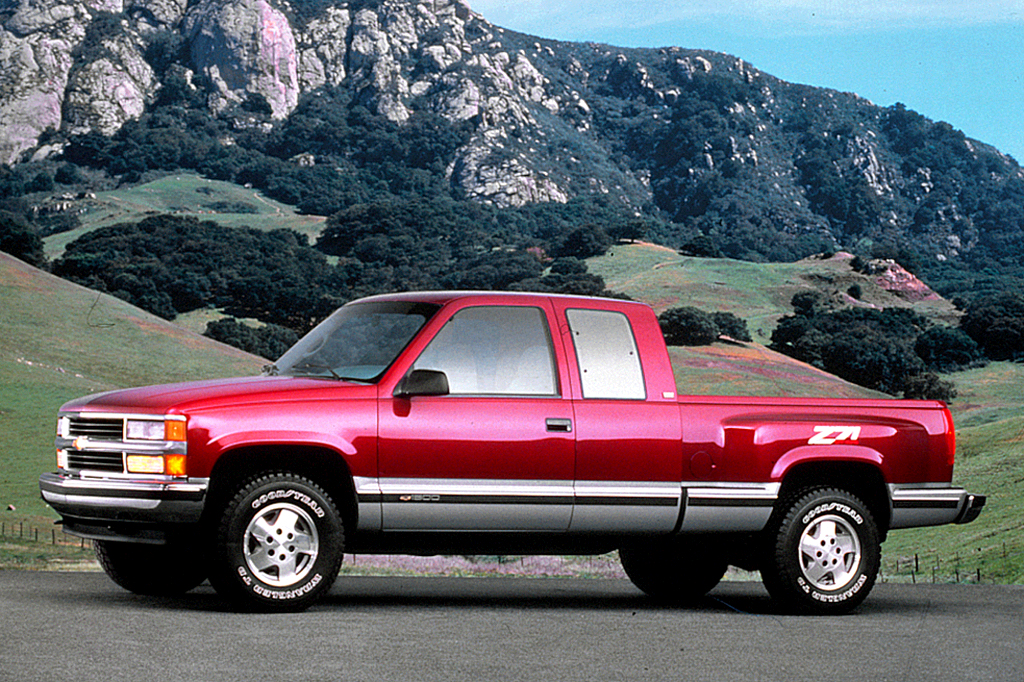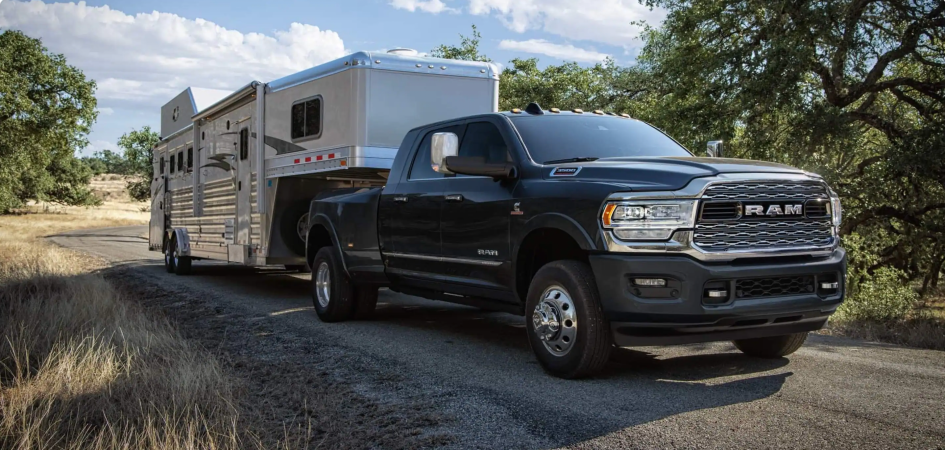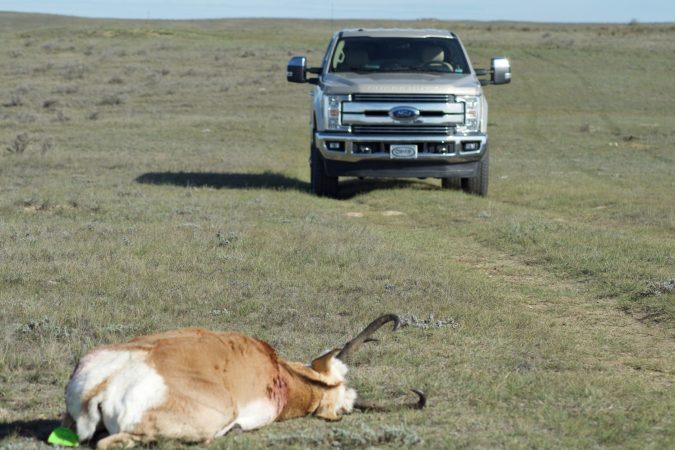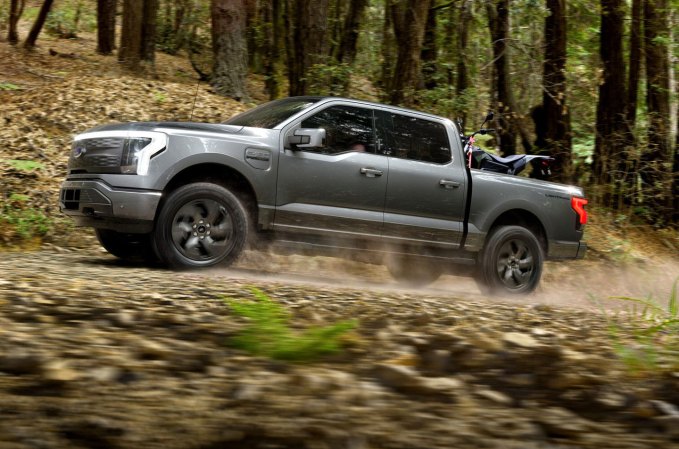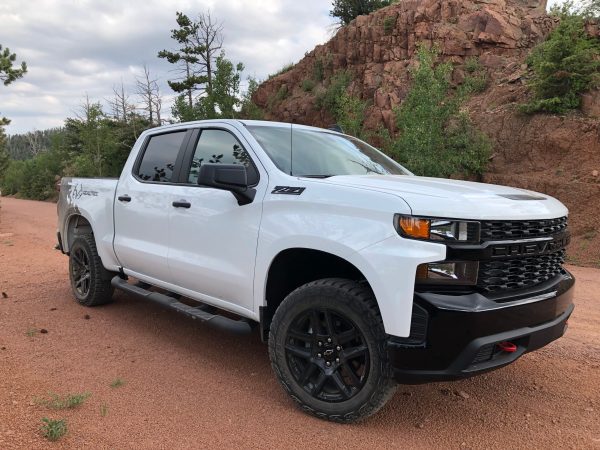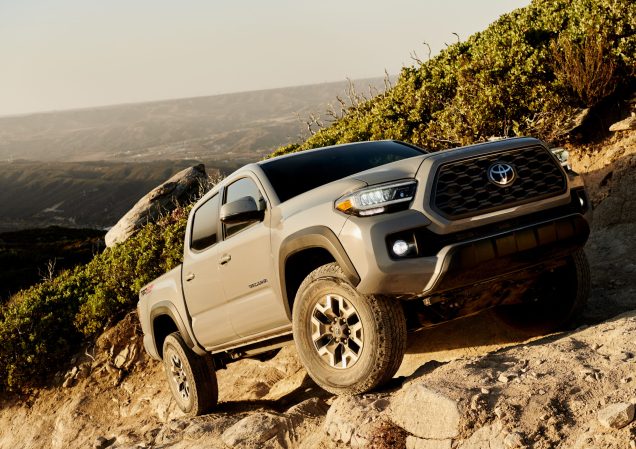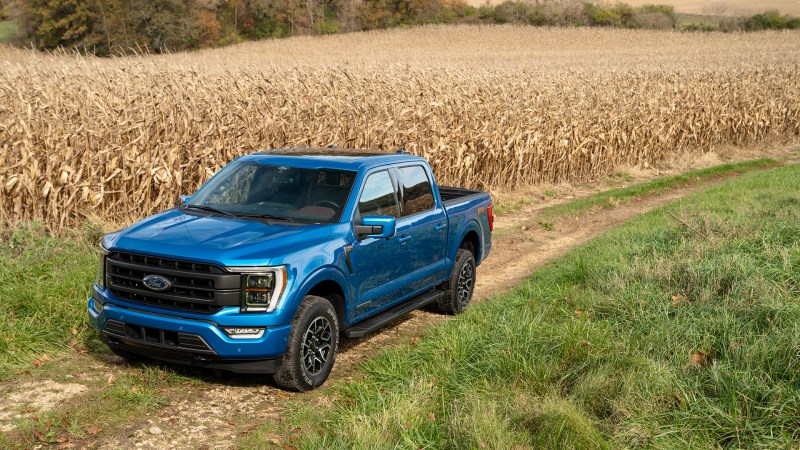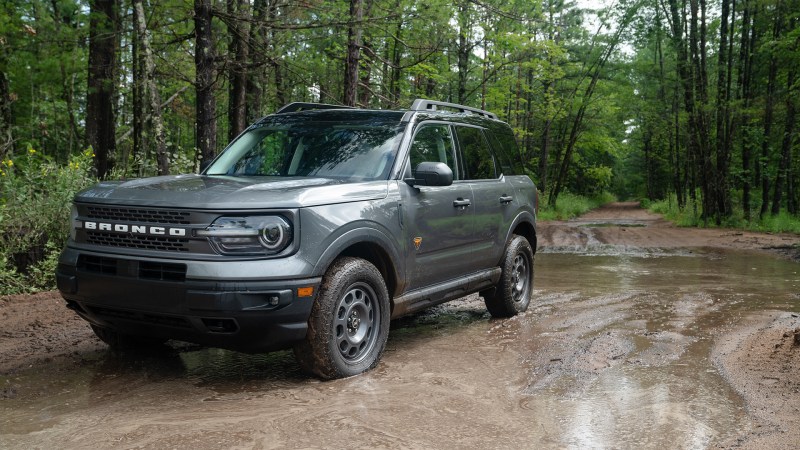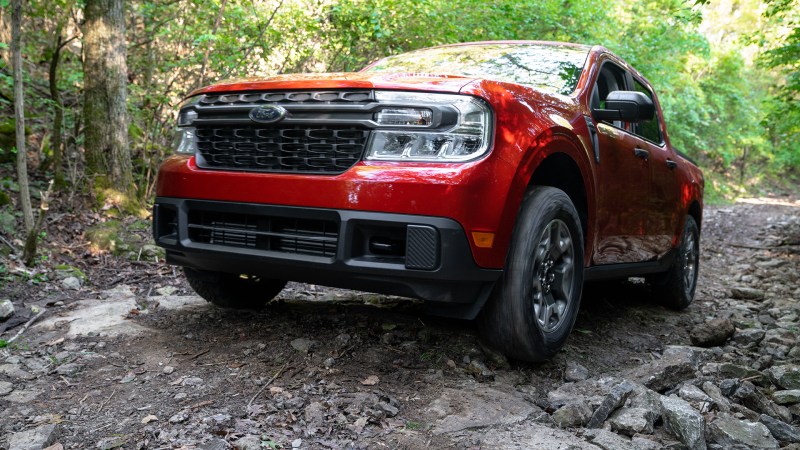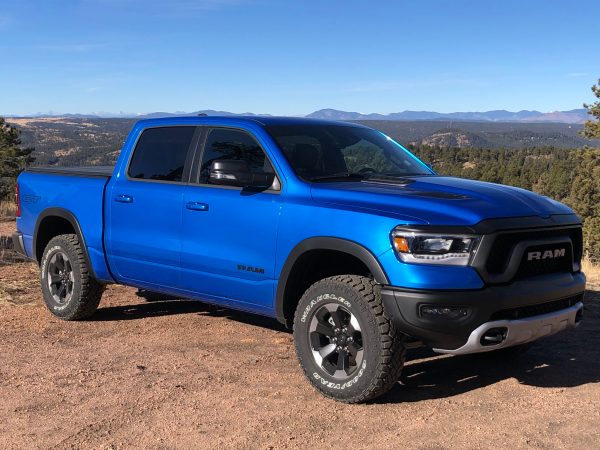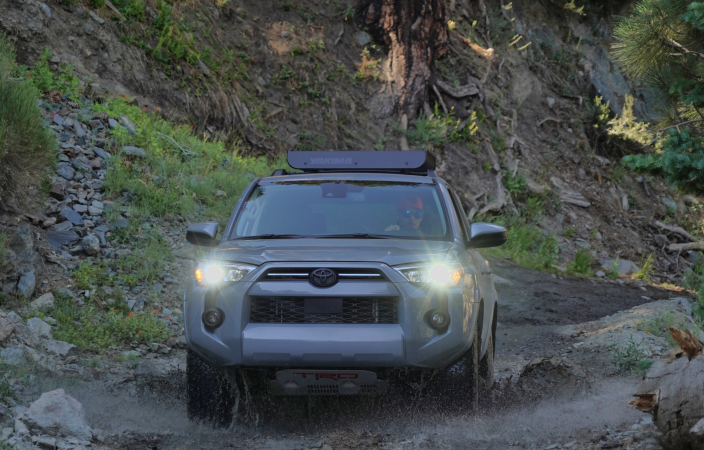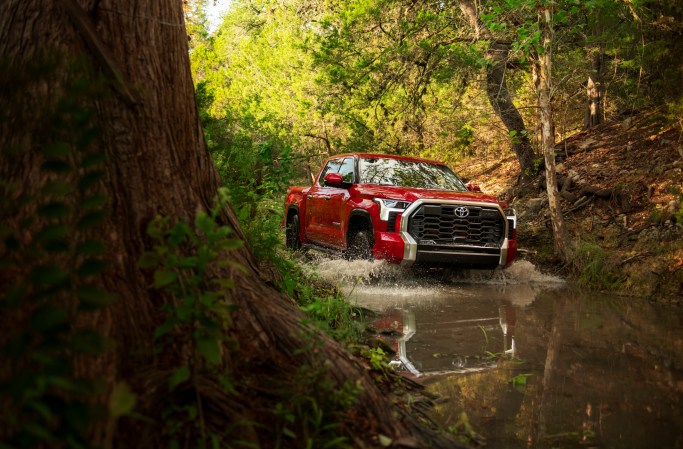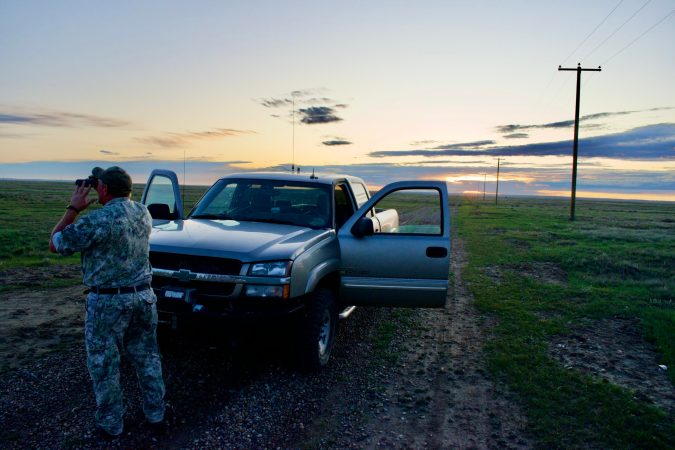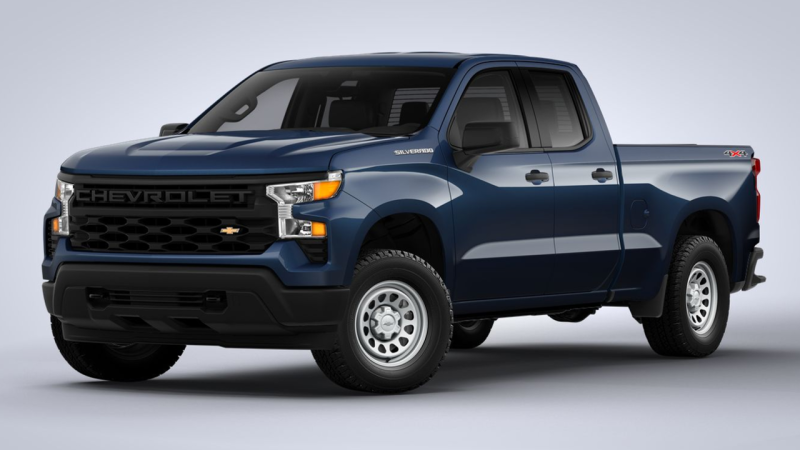We may earn revenue from the products available on this page and participate in affiliate programs. Learn More ›
As hunters and anglers, our trucks are an essential piece of gear. They are how we haul our boats to the ramp and bring home the wild game that feeds out families. But finding a hunting truck with a reasonable price tag can feel like an exercise in futility, especially now and for the foreseeable future since COVID triggered a vehicle shortage.
Truck owners and manufacturers love to tout the specs of their favorite pickups—engine size, tow capacity, etc. But some specs matter more than others. Before you buy a used truck, make sure you understand what horsepower, torque, and payload are. Research the vehicle you’re interested in buying. Find out if there are any common mechanical issues or factory defects associated with the truck. Also, knowing the history of the truck you’re buying is critical.
There are plenty of used trucks on today’s market, and finding the right one for your hunting and fishing pursuits can feel overwhelming. To narrow things down a bit, here are the best half-ton pickups to consider. Each truck was manufactured after 1990 and has capable off-road and towing packages. If you do buy one, I recommend purchasing a truck with less than 200,000 miles on the odometer unless it was strictly an on-highway vehicle.
Pick Torque Over Horsepower
So, what’s the difference between horsepower and torque, and why should you care? In a nutshell, an engine’s horsepower is the speed at which work gets done, while a drivetrain’s torque measures the amount of available power when the rubber meets the road. While higher horsepower gets all the headlines, brawny torque gives you the ability to haul trailers and all your buddies wherever your hunting and fishing passions take you.
For towing and off-roading, torque, especially low-end torque (high-end power produced at lower RPMs), is your best friend. If you must prioritize one over the other, go with torque before horsepower, i.e. muscle before speed. Just about any V8 manufactured after 1990 left the factory with at least 250 foot/pounds of torque, and many others hit closer to the 275 and 300 foot/pound marks. For many outdoorsmen and women, this should be plenty of pulling power.
Pay Close Attention to Payload and Tow Capacity
Payload is another major consideration that is separate from your truck’s ability to pull a trailer. In short, payload dictates the amount of gear and people you can haul inside your truck (including the pickup bed). The higher your payload, the more weight you can pack into a truck.
Before you load up an ATV, three treestands, and 500 pounds of deer corn, you need to know who is coming along for the ride. If your truck has a 1,500-pound payload, and you and a buddy both weigh 250 pounds, then you only have 1,000 pounds left to work with before you’re over the truck’s payload capacity. Once you exceed that limit, your truck’s engine, transmission, and frame will all undergo unnecessary stress, inducing excessive wear and tear and shortening the life of your truck.
Like payload, there is a ceiling for how much weight your truck can trailer. This number determines how much your truck can safely tow without experiencing damage to the frame or powertrain. You need to calculate the weight of both your trailer and your cargo to avoid overstressing your truck.
Mileage Is Not as Important as Maintenance
Before purchasing any vehicle, take some time to investigate its current condition, past maintenance, mileage, and history. To start, always look for body damage, mismatched body panels, and rust on the frame. Body damage or mismatched body panels could indicate a prior accident, while rust on the frame could indicate deeper decay. If a truck’s frame is structurally compromised in any way, move on.
Like anything, the older a truck is the more wear and tear it has experienced. That’s why many folks avoid vehicles with lots of miles on the odometer. While this is a good rule of thumb, it isn’t the only measure for determining how much life a truck has left in it. I live along the Front Range of Colorado. Pickups are popular here, and finding a used one with high highway miles isn’t too uncommon. While the high number scares many buyers away, these trucks tend to have much less wear on critical components, such as the brake system. This translates to a truck that will last quite a bit longer than you might expect.
While mileage matters, maintenance and what the truck was used for are just as important. While shopping, find out what the pre-owned truck’s life was like before you found it, and always ask what kind of maintenance it received from its previous owners.
A truck with 250,000 miles that was primarily driven on the highway and received oil changes every 3,000 miles can often be a better buy than an identical model with 150,000 miles that was used for stop-and-go towing of heavy loads and oil changes every 5,000 or 6,000 miles.
A Few Extras To Consider Before You Buy
Before pulling the trigger on a used truck, make sure to consider its drive system, differential, and aftermarket add-ons, such as lifts, tires, bed liners, and bed covers. Hunters need a four-wheel drive truck with off-road tires (usually all-terrains) and either a locking or limited slip rear differential. These features greatly enhance your ability to ditch pavement for dirt.
Body and suspension lifts offer better driver visibility and will allow you go places a standard suspension will not allow for. But a lift also makes your truck less stable and degrades its center of gravity, which negatively affects handling and increases the potential for a rollover. You may also want to think about getting a 200-pound deer into the bed of a jacked-up truck by yourself before lifting your pickup.
Best Used Truck for $5,000: 1997-2004 Ford F-150
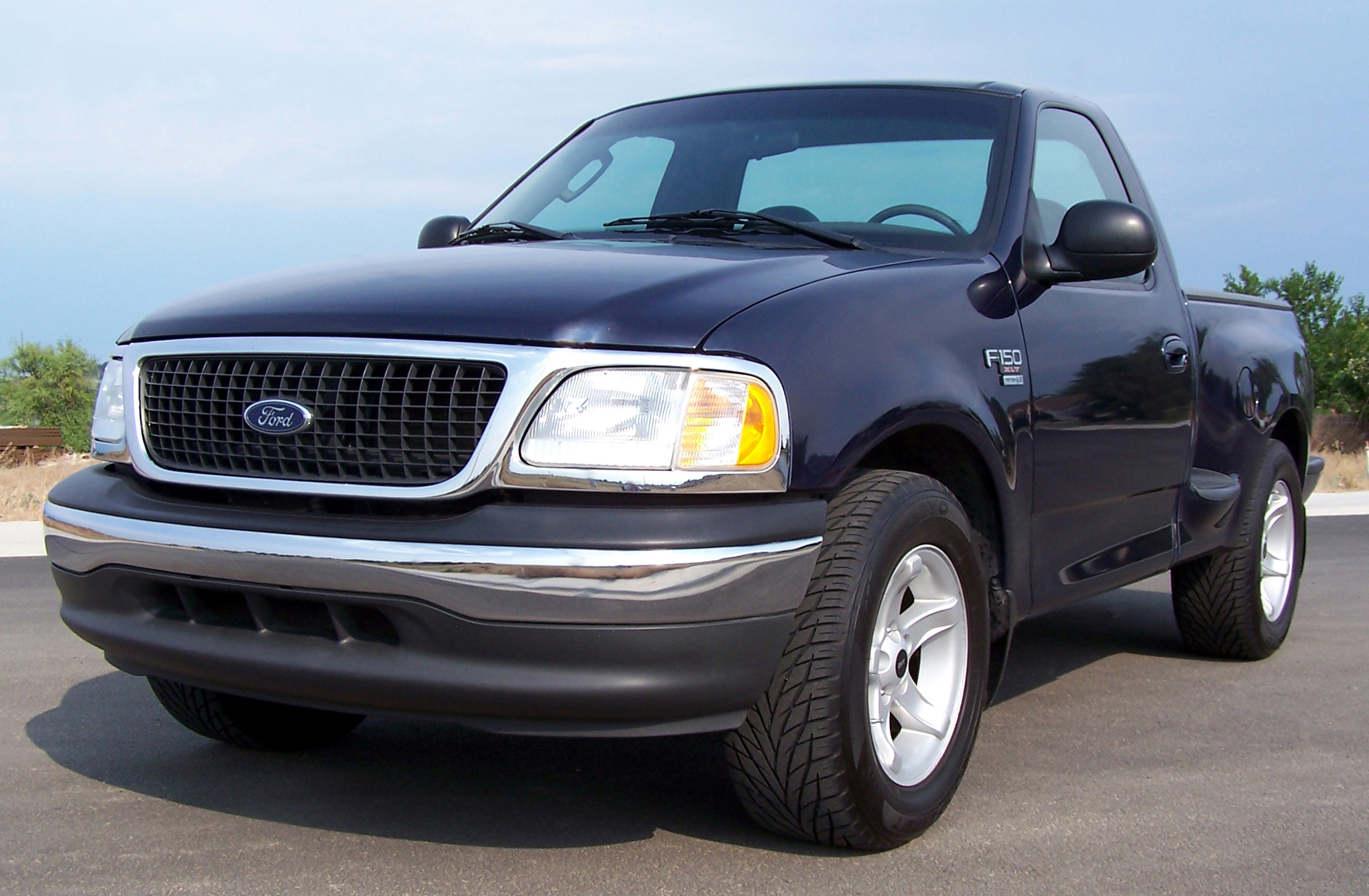
This truck combines plenty of horsepower, torque, payload capacity, and towing capacity with easy, low-cost maintenance and repair requirements along with good reliability and arguably the largest aftermarket support on the market. Best of all, F-150s are plentiful and affordable. At this price, expect to skip the crew cab and be prepared for mileage in the 150,000- to 200,000-mile range.
The F-150 is America’s most purchased pickup, which is a positive in the car care department. Parts and repair know-how for this truck are literally everywhere, keeping maintenance and ownership costs down.
Go with the V8, but make sure to find out if the spark plug threads have been upgraded. Ford’s Triton eight-cylinder engines had an issue with spitting spark plugs out of the engine (literally), and while most trucks should have received this fix by now, it pays to double check.
Read Next: Is Ford’s Electric F-150 Lightning a Real Hunting Truck?
Best Used Truck for $10,000: 1988-1999 Chevrolet/GMC C/K 1500
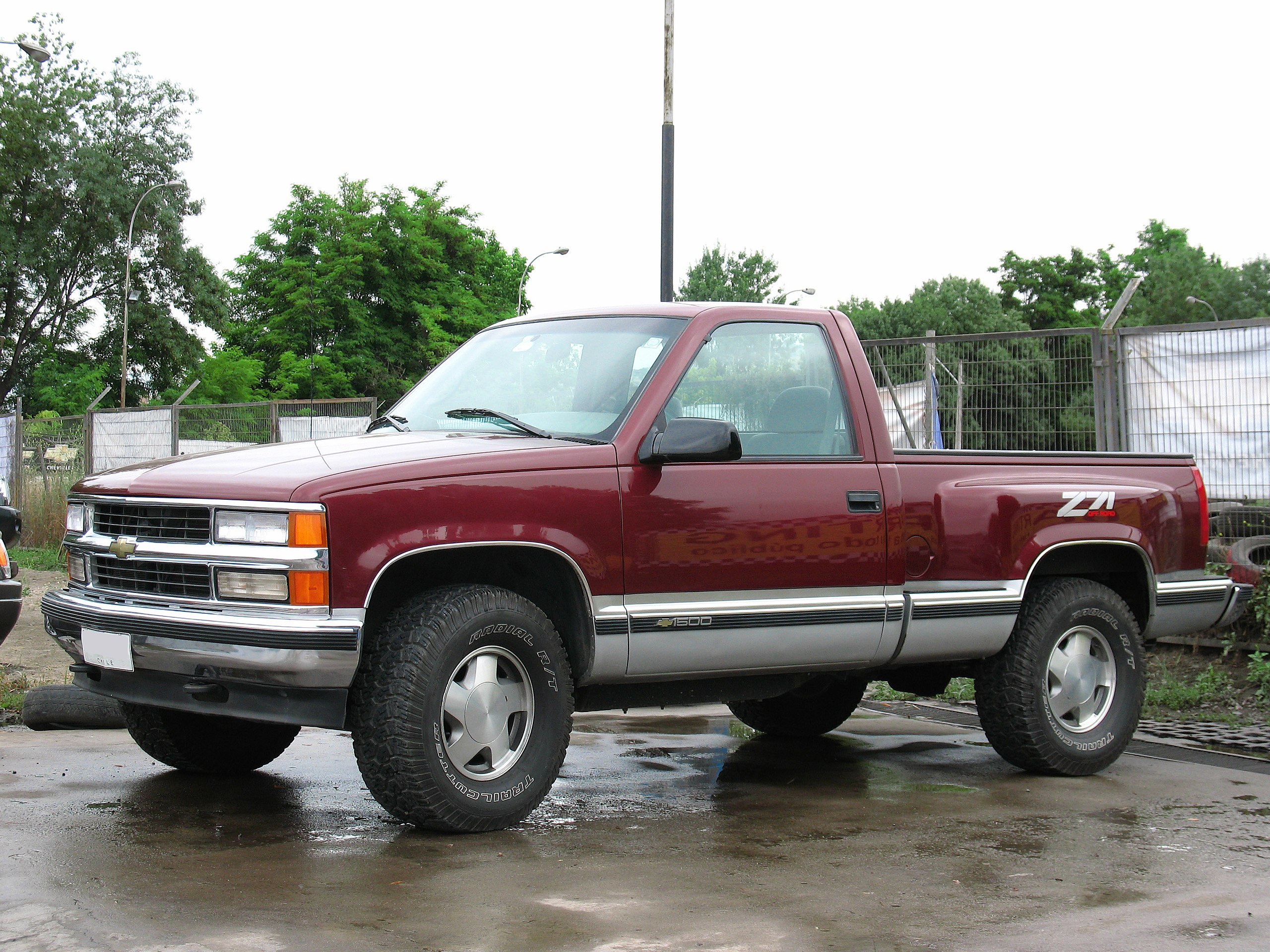
Technically, early models predate the 30-year cutoff I set, but the reality is that these trucks run forever. And don’t be scared off by buying a truck that rolled off the factory line before you were born. They have plenty of power and good off-road prowess while also holding their own as hauling workhorses. Just make sure to stick with the gas-powered V8 engine.
This truck’s older design translates to fewer electronics which means easier repairs and maintenance, saving you money at the shop and the auto parts store. These trucks are the cream of the GM crop, and with good care, they frequently hit 300,000 miles on the original engine and transmission. They are popular, so finding aftermarket parts won’t be an issue should you choose to make upgrades.
What will be an issue is availability. Due to their popularity, these pickups tend to cost a bit more than vehicles of comparable vintage, especially if the truck has under 200,000 miles.
Best Used Truck for $15,000: 2000-2006 Toyota Tundra
Toyota’s full-size pickup is a perennial favorite because it combines power and performance with rock-solid reliability. Thanks to Toyota’s craftsmanship, Tundras hold their value well. They tend to cost more, especially if one has low miles, but they can easily eclipse 300,000 miles with basic maintenance.
When these trucks do break down (which is rare), they will tend to cost more than other trucks of the same age to fix, and aftermarket support is relatively sparse. That said, the long-term cost of ownership is unbeatable, creating a high entry point for a relatively rare truck. Before taking the plunge, make sure you ask whether or not the frame has been replaced. Many early model Tundras experienced dramatic frame rusting, a rare Toyota misstep, but most were eligible for replacement under a recall and received a brand-new frame.
